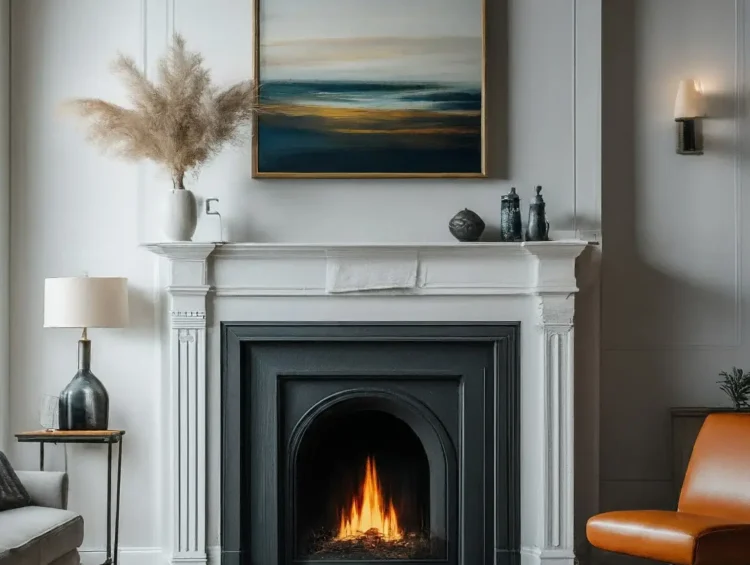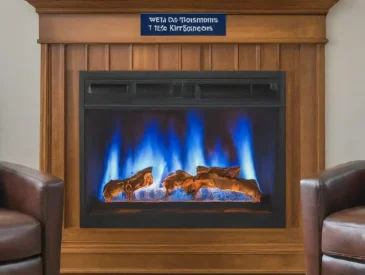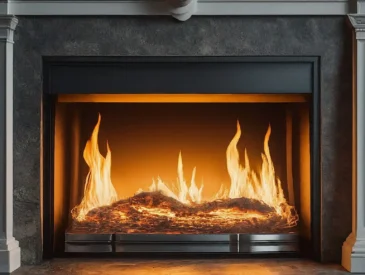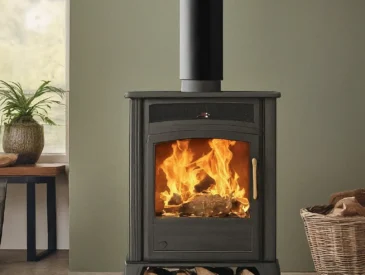Selecting the appropriate size for a fireplace is crucial, as it serves as the visual centerpiece of a room. Striking the right balance ensures it complements the space without overwhelming it.
This guide provides insights on determining the ideal fireplace size based on both aesthetic and functional considerations.
How Large Should A Fireplace Be Compared To A Room?
Ensuring that a fireplace harmonizes with its surroundings involves evaluating its heating capacity about the room’s square footage. A standard fireplace warms up approximately 400 square feet, while larger variants extend to 2,000 square feet. Achieving a proportionate fit is essential to prevent the fireplace from dominating the visual space.
It is critical to consider both aesthetic and practical factors when determining the correct size for your fireplace. The size of the fireplace should complement the decor of the room without dominating the visual space. Furthermore, the fireplace’s heating capacity should be appropriate for the room’s square footage.
Because different types of fireplaces have different heating capacities, it is critical to consider the type of fireplace that best meets your needs. When deciding on the right size for your fireplace, consider factors such as climate and BTU output.
You can ensure that your fireplace not only enhances the visual appeal of the room but also provides the necessary warmth by carefully considering these factors.
Choosing the Right Size: Aesthetic and Practical Considerations
Selecting an appropriately sized fireplace hinges on two key factors:
appearance and heat output. Striking the right balance ensures the fireplace not only enhances the room’s visual appeal but also provides adequate warmth.
Appearance: A fireplace should complement the room’s decor without overshadowing other elements. Consider a slightly wider fireplace than the decor above, creating a visually pleasing arrangement. Incorporating elements like mantels or surrounds can further integrate the fireplace into the room’s overall design.
Heat Output: Different fireplace types offer varying heating capacities. Wood-burning fireplaces, while visually striking, provide supplemental heat for smaller spaces (150 – 300 square feet).
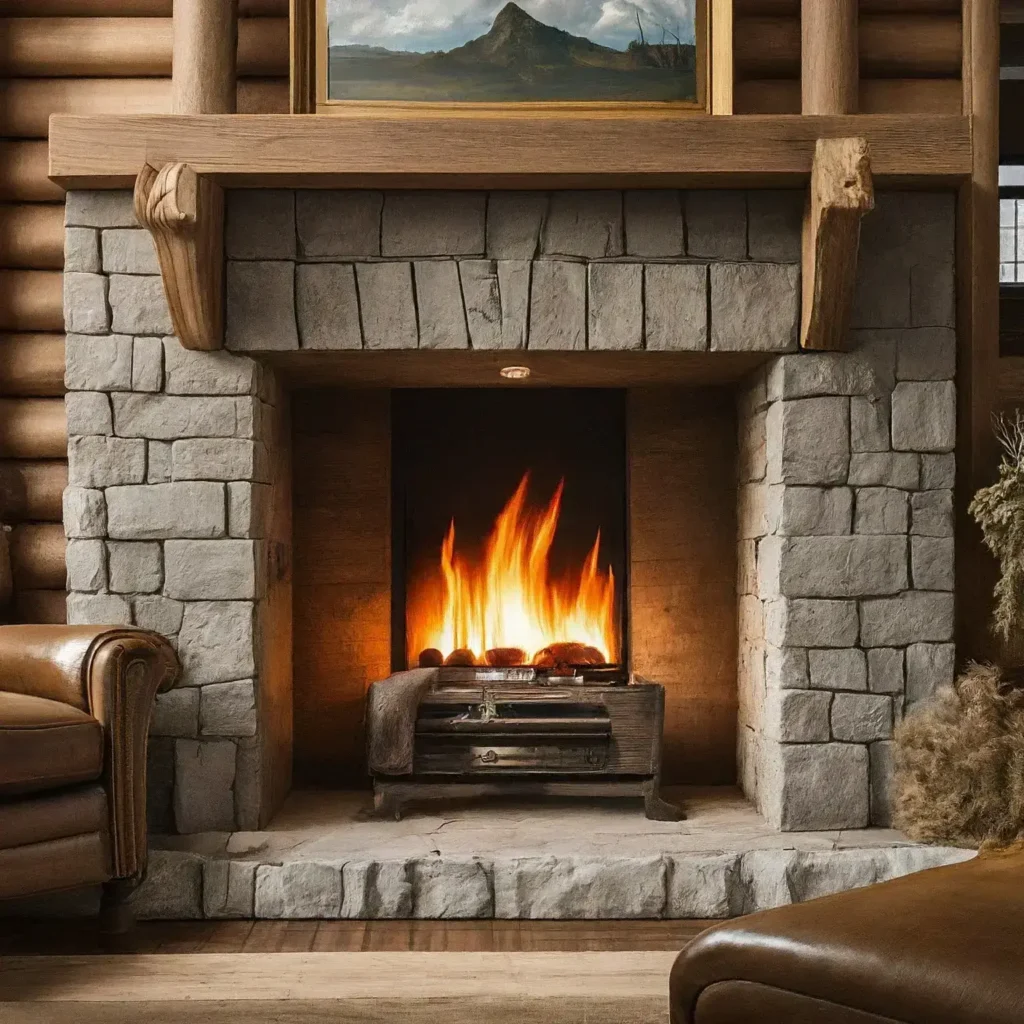
Gas fireplaces, known for efficiency, range from 8,000 – 60,000 BTUs, heating up to 400 square feet. Electric fireplaces, versatile in placement, generate around 5,000 BTUs, sufficient for 400 square feet, while infrared models cover up to 1,000 square feet.
Standard Dimensions for Different Fireplace Types
Wood-Burning Fireplaces: Typically measuring 24–36 inches wide, 24–29 inches high, and 16 inches deep, these units require sufficient space for hearths, surrounds, and chimneys.
Related: fireplace dimensions
Electric and Gas Fireplaces: Inserts are slightly smaller to fit inside the firebox. Wall-mounted units vary in size, often ranging from 20 – 60 inches long, offering flexibility in placement.
Factors Influencing Size Choice:
1. Climate: Warmer climates require less heating capacity, allowing for a slightly smaller fireplace. In colder regions, higher BTUs compensate for heat loss to outdoor temperatures.
2. Fireplace Type: Gas and electric units are more efficient, making them viable options for achieving desired warmth with smaller sizes. Wood-burning fireplaces may require additional features like firebacks and glass panes for improved efficiency.
3. Determining BTUs: Consider the climate and room size to calculate the necessary BTU output, ensuring the fireplace adequately warms the space.
Conclusion
Choosing the right size for your fireplace involves a thoughtful balance between aesthetics and functionality. Understanding heating capacities, room dimensions, and personal preferences will guide you toward a fireplace that not only complements your space but also provides the desired level of warmth and visual appeal.

